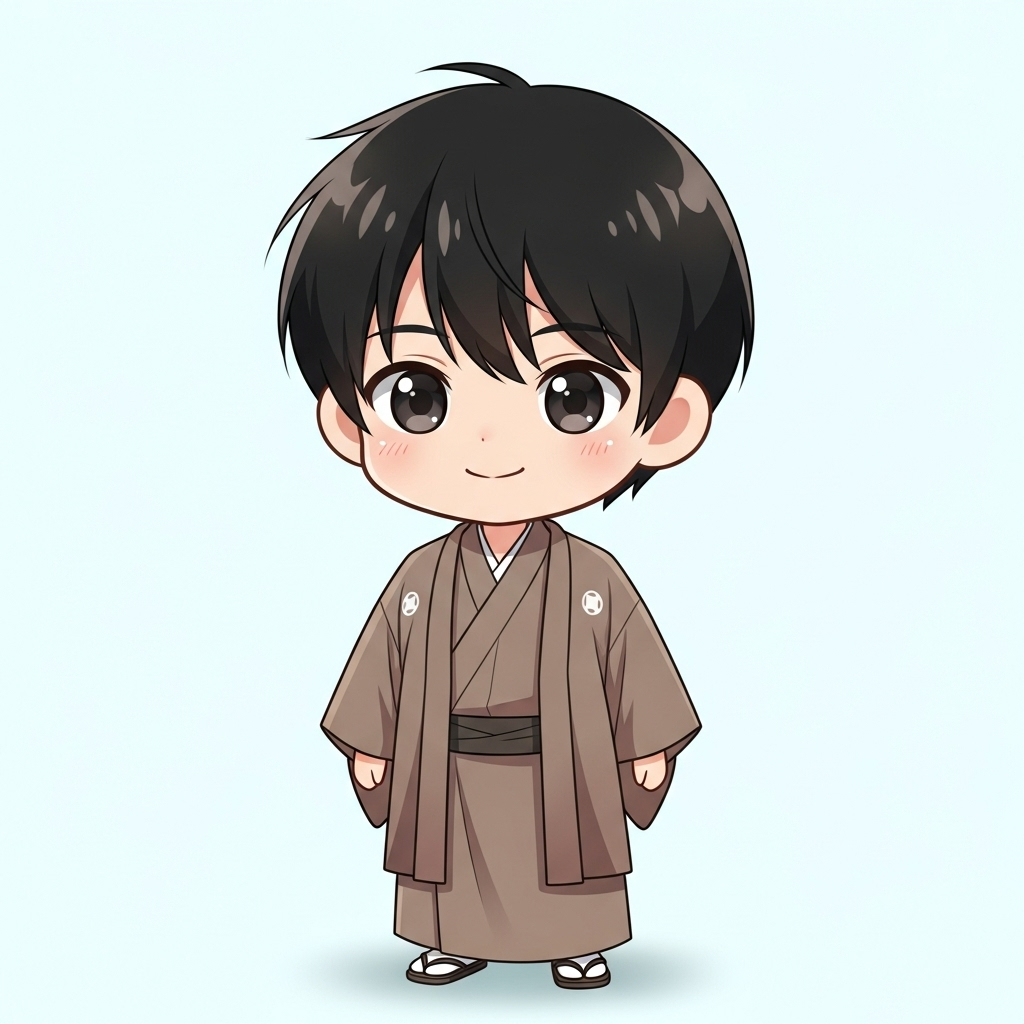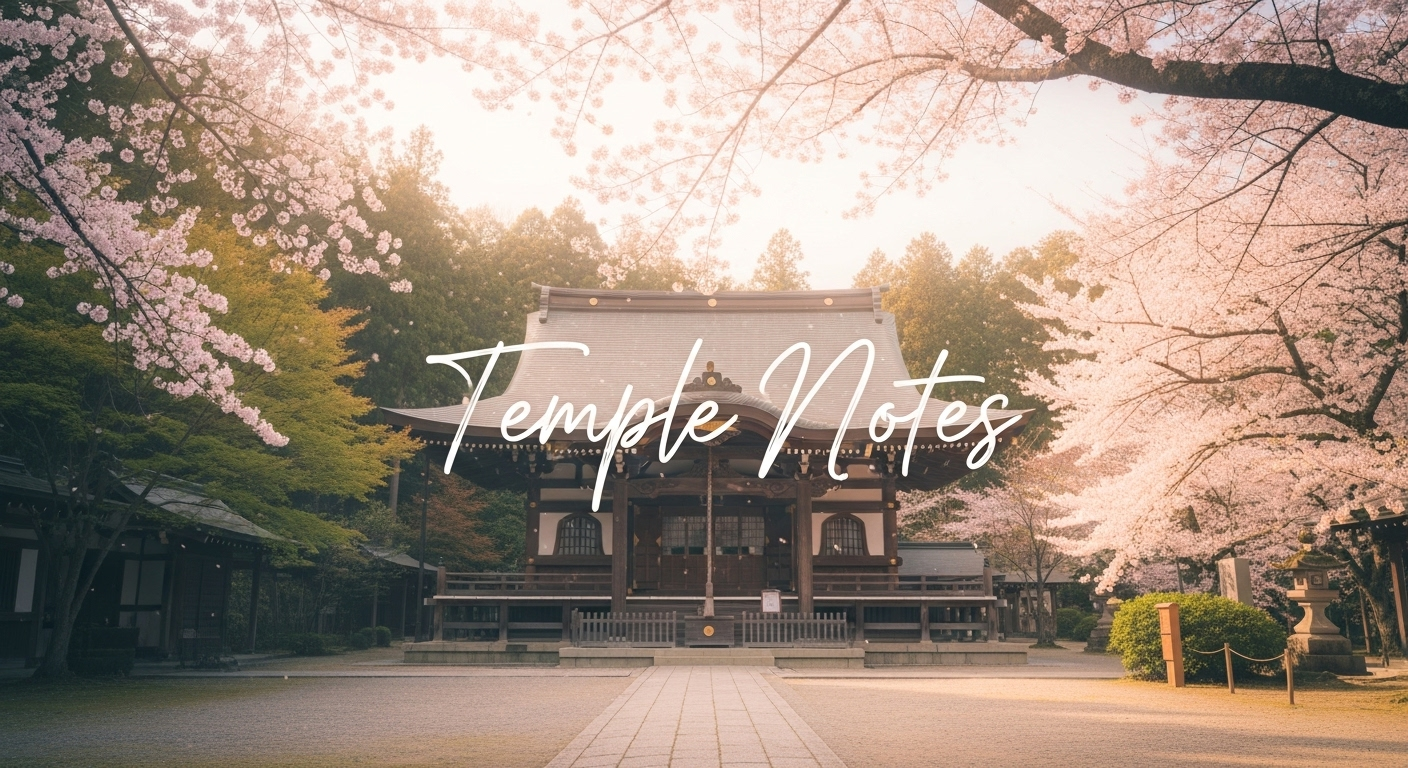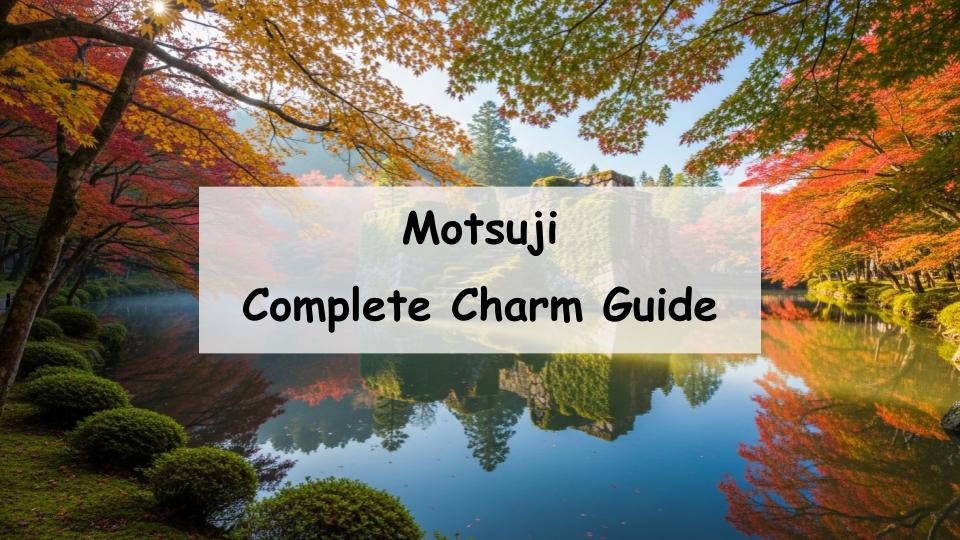Located in the ancient city of Hiraizumi, Mōtsū-ji Temple stands alongside Chūson-ji as one of Japan’s UNESCO World Heritage Sites, captivating visitors with its serene beauty and historical significance.
If you’ve ever wondered, “What kind of temple is Mōtsū-ji?”, “How is it different from Chūson-ji?”, or “What are its main attractions and how can I get there?”, this guide has all the answers.
In short, Mōtsū-ji is one of Japan’s finest historical sites, preserving the refined garden aesthetics of the Heian period and the legacy of the Northern Fujiwara clan.
In this article, we’ll explore Mōtsū-ji’s history, features, must-see spots, seasonal highlights, sacred seals (goshuin), and access information — everything you need to plan your visit with confidence.
What Is Mōtsū-ji? History and Overview
Origins and the Connection to the Northern Fujiwara Clan
Mōtsū-ji was founded during the Heian period and flourished under the patronage of the Northern Fujiwara clan. The temple complex and its garden were designed to represent the Buddhist concept of the Pure Land on earth. Even today, the site remains an invaluable window into the religious and cultural prosperity of medieval Japan.
Mōtsū-ji’s Role Within the UNESCO World Heritage “Hiraizumi” Sites
Mōtsū-ji is part of the UNESCO World Heritage property “Hiraizumi – Temples, Gardens and Archaeological Sites Representing the Buddhist Pure Land.” Within this group, it is particularly renowned for its garden — one of the most complete examples of a Pure Land-style landscape in Japan.
Official Name and Buddhist Sect
Mōtsū-ji belongs to the Tendai sect of Buddhism and is designated as a bekkaku honzan (special head temple). The temple grounds preserve ancient ruins and reconstructed buildings, allowing visitors to experience a sense of spiritual tranquility and historical continuity.
The Beauty and Unique Features of Mōtsū-ji
A Garden Designated as a Special Historic and Scenic Site
The highlight of Mōtsū-ji is its Pure Land garden, designated both a Special Historic Site and a Special Place of Scenic Beauty by the Japanese government. The garden’s calm waters, carefully placed stones, and vast open spaces embody the ideals of Heian-period landscape design.
The Authenticity of Heian Garden Design
The garden features original Heian-style elements such as a yarimizu (winding stream), islands, and shoreline stones arranged in natural harmony. These features were created to evoke the Buddhist paradise and are remarkably well-preserved.
Highlights of the Stroll Garden Around Ōizumi-ga-ike Pond
At the center lies the large Ōizumi-ga-ike Pond, designed for strolling and contemplation. Walking around its edge reveals ever-changing views — reflections of trees, the movement of water, and the perfect balance of man-made and natural forms.
The Historical Atmosphere of Temple Ruins
Mōtsū-ji’s grounds preserve the remains of its grand temple complex. The stone foundations and layout convey the scale of the temple during its peak, allowing visitors to imagine the ceremonies and spiritual life of the Heian era.
Seasonal Beauty Through the Year
Each season transforms Mōtsū-ji’s scenery — lush greens in spring and summer, vivid foliage in autumn, and serene snowscapes in winter. The garden’s tranquil atmosphere invites contemplation no matter when you visit.
Must-See Spots in Mōtsū-ji
The Pure Land Garden and Ōizumi-ga-ike
Ōizumi-ga-ike Pond is the symbolic heart of Mōtsū-ji. Strolling along its banks offers views that capture the temple’s essence — a balance between nature and faith.
Main Buildings: Hondō, Jōgyōdō, and Kaisandō
Key structures such as the Main Hall (Hondō), Jōgyōdō Hall, and Kaisandō Hall continue to serve as places of worship. Their design reflects both simplicity and sacredness, harmonizing with the surrounding landscape.
Statues, Cultural Treasures, and Exhibits
The temple’s museum houses Buddhist statues, archaeological findings, and historical materials that shed light on the Fujiwara era and the Pure Land faith. These exhibits deepen visitors’ understanding of Mōtsū-ji’s heritage.
Annual Events and Festivals
Traditional events like the Kyokusui no En (Feast by the Winding Stream) reenact ancient courtly customs where participants compose poems beside flowing water. Seasonal festivals such as the Fujiwara Festival bring Heian culture to life in a colorful, authentic setting.
Goshuin and Amulets at Mōtsū-ji
Types and Where to Receive Them
Visitors can receive goshuin (temple seals) at the reception area. These beautifully written calligraphic stamps serve as a spiritual record of your visit and a cherished keepsake.
Popular Charms and Limited Goshuin
Mōtsū-ji also offers various charms (omamori) for protection, academic success, and good fortune. Limited-edition goshuin are sometimes available during special events or festivals.
Proper Etiquette for Receiving Goshuin
When requesting a goshuin, it’s customary to pray first, then wait patiently while temple staff inscribe it. Maintaining quiet respect within the grounds enhances the sacred experience.
Access and Nearby Attractions
How to Get There
Mōtsū-ji is easily accessible — about a 7-minute walk from JR Hiraizumi Station. By car, it’s approximately five minutes from the Hiraizumi Interchange on the Tōhoku Expressway. Travelers from Tokyo can reach Hiraizumi via the Tōhoku Shinkansen to Ichinoseki Station, then transfer to the JR Tōhoku Main Line.
Parking and Travel Tips
A visitor parking area is available near the temple. During busy seasons, arriving early in the morning helps avoid crowds. Check current parking information in advance if you’re driving.
Nearby Sightseeing Spots
Mōtsū-ji is often visited together with Chūson-ji, home to the famous Golden Hall (Konjikidō). Exploring both sites offers a complete view of the Fujiwara clan’s Buddhist vision of paradise.
Model Course for Touring Hiraizumi’s Heritage Sites
A popular route starts at Mōtsū-ji in the morning, continues to Chūson-ji, and ends with visits to museums or historical ruins nearby. Walking, cycling, or using local shuttle buses makes this itinerary convenient.
Local Food and Souvenirs
Hiraizumi offers traditional dishes and local crafts perfect for souvenirs. After visiting Mōtsū-ji, stop by nearby cafes or shops to enjoy regional flavors and handmade specialties.
Useful Tips Before Visiting Mōtsū-ji
Opening Hours, Admission, and Best Times to Visit
Mōtsū-ji is generally open from 8:30 a.m. to 5:00 p.m., with shorter hours during winter. An admission fee is required, and discounts are available for groups. Early mornings on weekdays are ideal for a quiet visit.
Recommended Seasons and Attire
The best times to visit are during spring and autumn when the garden’s colors are most vivid. Comfortable walking shoes and weather-appropriate clothing are recommended for exploring the grounds.
Photography and Visitor Etiquette
Photography is allowed in most outdoor areas, but some restrictions apply during ceremonies or special events. Please be respectful of worshippers and maintain a calm atmosphere while inside the precincts.
Conclusion: Experience the Serenity of Heian Culture at Mōtsū-ji
Revisiting the Charm of Mōtsū-ji
Mōtsū-ji embodies the refined aesthetic of the Heian era through its Pure Land garden, historical ruins, and peaceful atmosphere. The harmony of nature, water, and spirituality invites visitors to step back in time and experience true tranquility.
Recommended Route for First-Time Visitors
For your first trip, start at Mōtsū-ji in the morning and then walk or cycle to Chūson-ji to fully explore Hiraizumi’s cultural treasures. Prepare by checking event schedules and opening hours, and enjoy a journey through the living history of Japan’s Pure Land heritage.
A Message from the Guide

It’s a bit disappointing that the grand temple buildings of the past are no longer visible, but the beautiful garden brings a deep sense of peace.











Comment